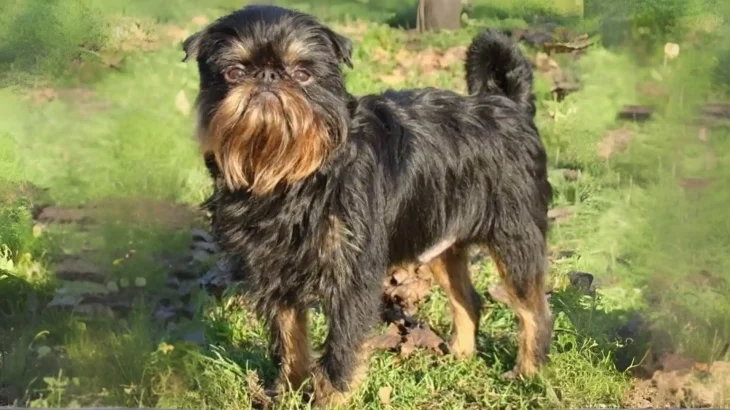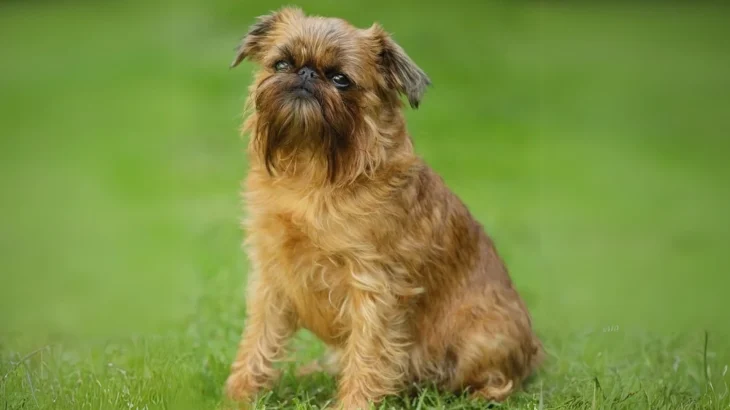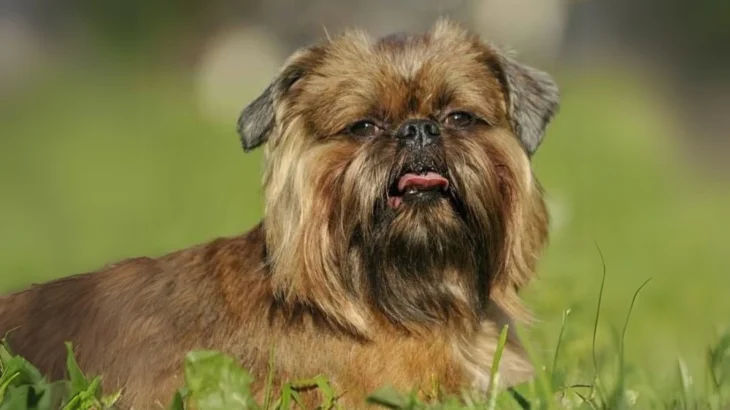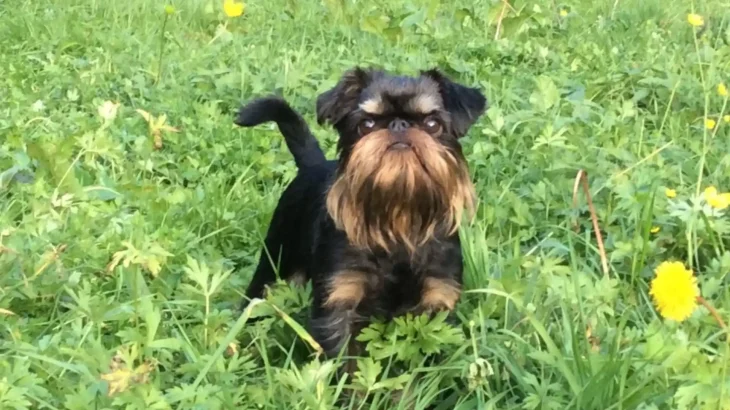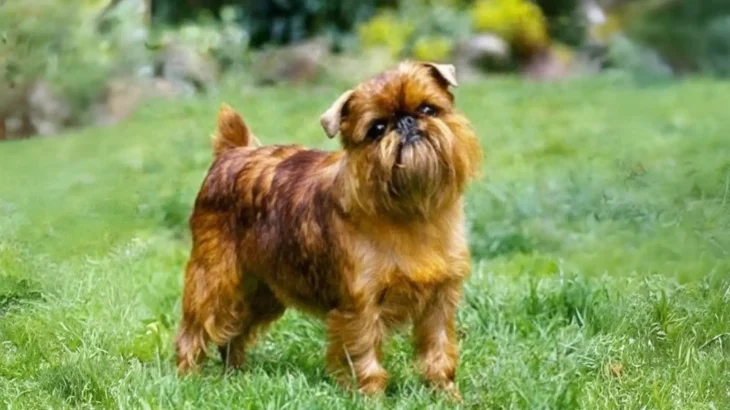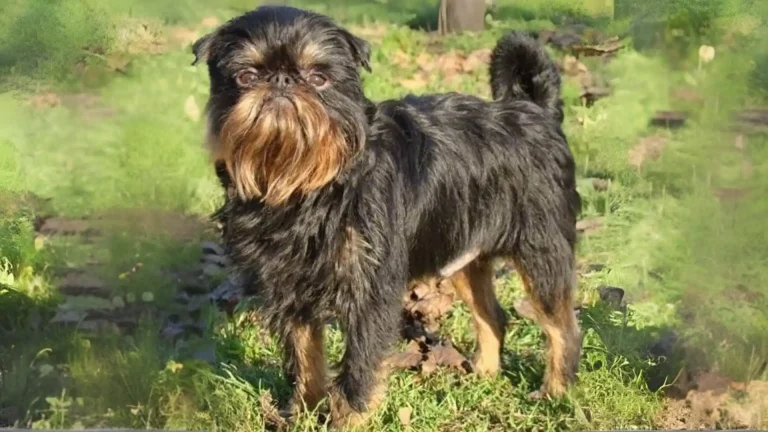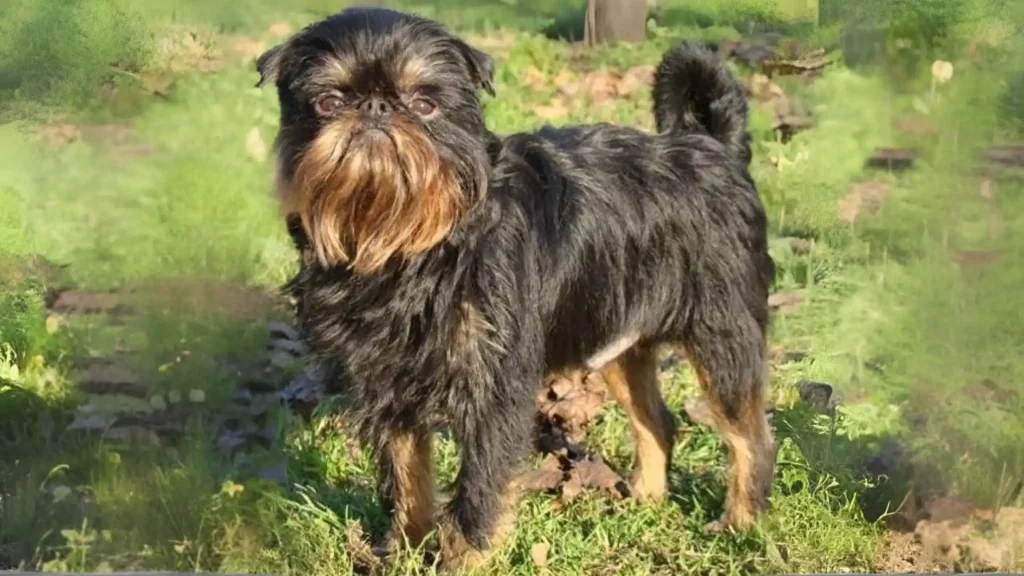Deciding whether to adopt or buy a Belgian Griffon puppy depends on your priorities around health history, cost, and support. Buying from a reputable breeder often offers detailed insights into the puppy's pedigree and health, while adoption gives a chance to rescue a dog in need, sometimes with less certainty about its background.
Adoption vs. Breeder: Pros & Cons
| Criteria | Buying from Breeder | Adopting from Shelter/Rescue |
|---|---|---|
| Cost | Generally higher, reflecting breed purity and pedigree. | Usually lower adoption fees, helping provide homes to dogs in need. |
| Health History | Often includes comprehensive records and genetic screening. | Health history may be unknown or limited, but basic health checks are performed. |
| Age Availability | Typically puppies, allowing for early bonding and training. | Varied ages, including adults that might already be trained. |
| Temperament Insight | Breeders can share lineage traits and temperament expectations. | Shelter staff provide behavior info based on observations, sometimes limited. |
| Supporting Practices | Supports controlled breeding programs; important to choose ethical breeders. | Supports animal welfare by offering homes to dogs who need them. |
| Breed Purity & Pedigree | Guarantees purebred status with pedigree documentation. | Breeds may be mixed or uncertain without pedigree papers. |

